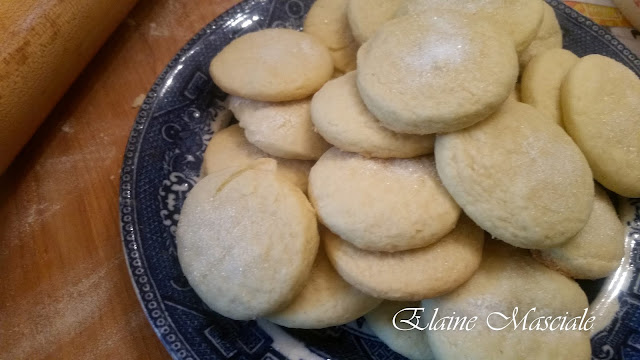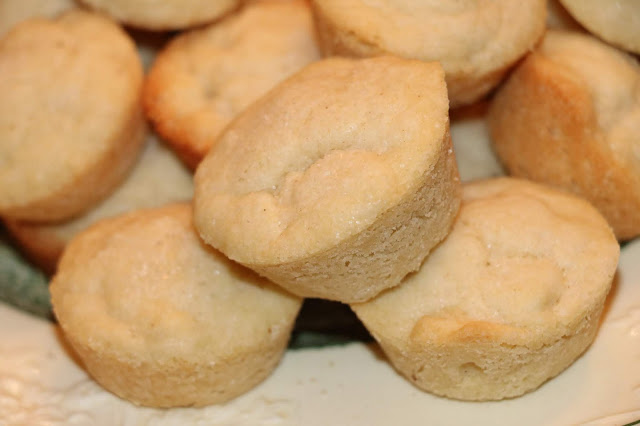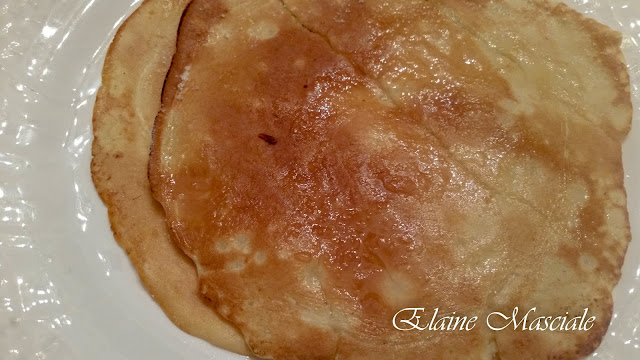Historic Peach Jam (AND Apricot Jam)!

Peach jam on homemade bread! As summer wound into autumn, I found some end-of-season stone fruit at my local grocery store - peaches and apricots available for a song! A bit bruised and battered, they were for sale on the produce clearance rack, and, as such, were perfect for making jam. I made some of each type, but the photos shown are of the peach jam (bet you couldn't tell!). The Recipe- the same for each Fruit This recipe comes from The Young Cook's Assistant and Housekeeper's Guide by P. Masters (1841, London, The recipe is similar or identical to many others I surveyed. Working Through the Recipe I have made jam many times, so the concept was easy to me, but let's walk through it. Weighing Ingredients Weighing may seem intimidating, but is by far the easiest way to make this jam. I purchased an inexpensive digital scale from Harbor Freight, that allow you to weigh in ounces, grams, and pounds. Fruit While I suppose it






